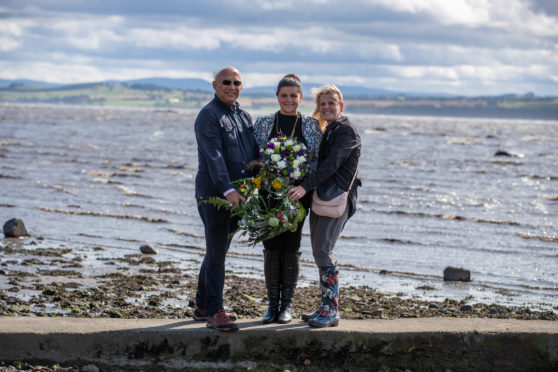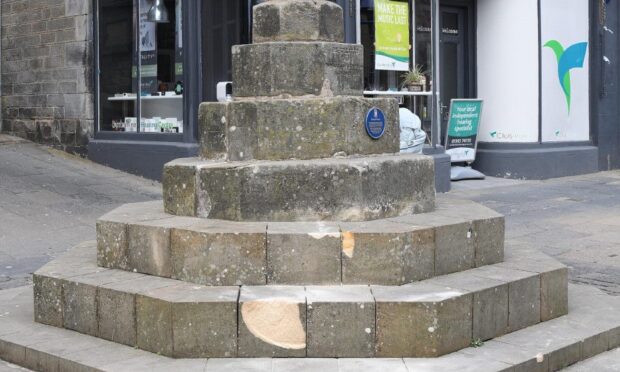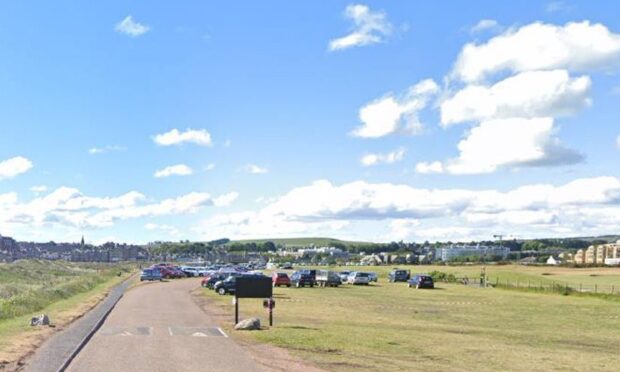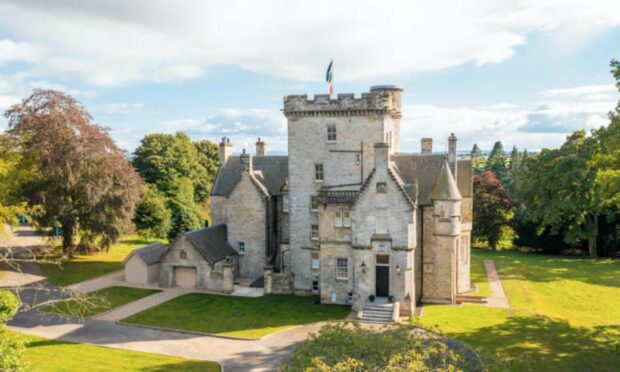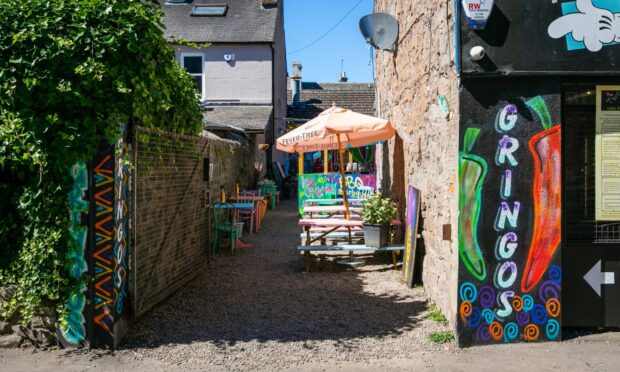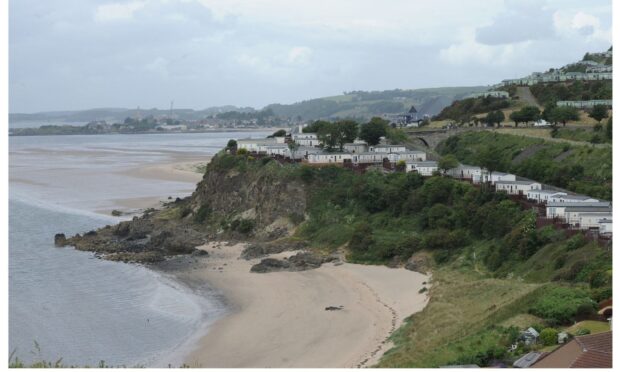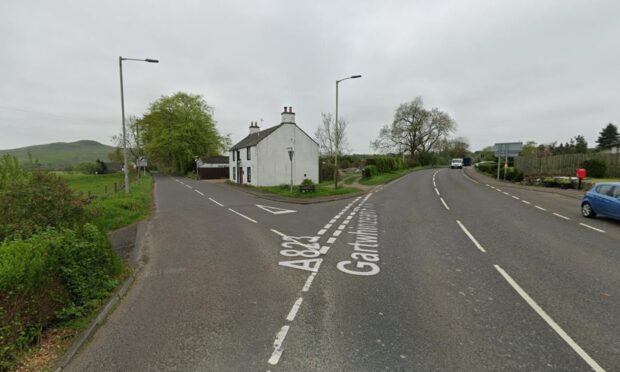A woman convicted of witchcraft who faced being burnt at the stake has been honoured in the village where she was persecuted 315 years ago.
Lilias Adie, an old woman from Torryburn, was forced to ‘confess’ to crimes of being a witch and having sex with the devil.
She died in prison in 1704 before she could be tried and horrifically executed and was buried on the foreshore under a large stone.
Villagers and members of the Fife Witches Remembered group gathered at her grave to lay wreaths and consider the injustice faced by Lilias and the thousands tried for witchcraft in Scotland from the 16th to the 18th Century.
They also pledged their determination to find her skull and some of her bones plundered from her grave in 1852, and launched a drive for a Fife witches memorial trail.
Historian Dr Louise Yeoman said it was emotional to see Lilias’ memory embraced on the anniversary of her death.
She said: “Lilias was cast out of this community and literally her body taken and buried on the boundary between high and low tide.
“Today it is like she has been brought back into the community in an act of remembrance.”
Lilias was reckoned to have been in her 60s and frail with failing eyesight when she was tortured and terrorised into ‘confessing’ to her crimes in front of her community.
Dr Yeoman said Scotland’s witches could not be pardoned but said: “Do I think there should be a national statement that we think the witch hunt was wrong and we are sorry? Yes. Do I think there should be a national memorial? Yes, and local memorials.”
West Fife and Coastal Villages councillor Kate Stewart is championing the bid to find and return Lilias’ remains.
She said: “Lilias is not forgotten, she has never been forgotten.
“We need to get her back. This has been a great injustice and we need to reverse that.”
Laying a wreath Fife depute provost Julie Ford said: “It’s important to recognise that Lilias Adie and the thousands of other men and women accused of witchcraft in early modern Scotland were not the evil people history has portrayed them to be, but were the innocent victims of unenlightened times.
“It’s time we recognised the injustice served upon them.
“I hope by raising the profile of Lilias we can find her missing remains and give them the dignified rest they deserve.”
Lilias skull was last known to have been exhibited at Bellahouston Park, in Glasgow, in 1938 but her remains can no longer be traced.
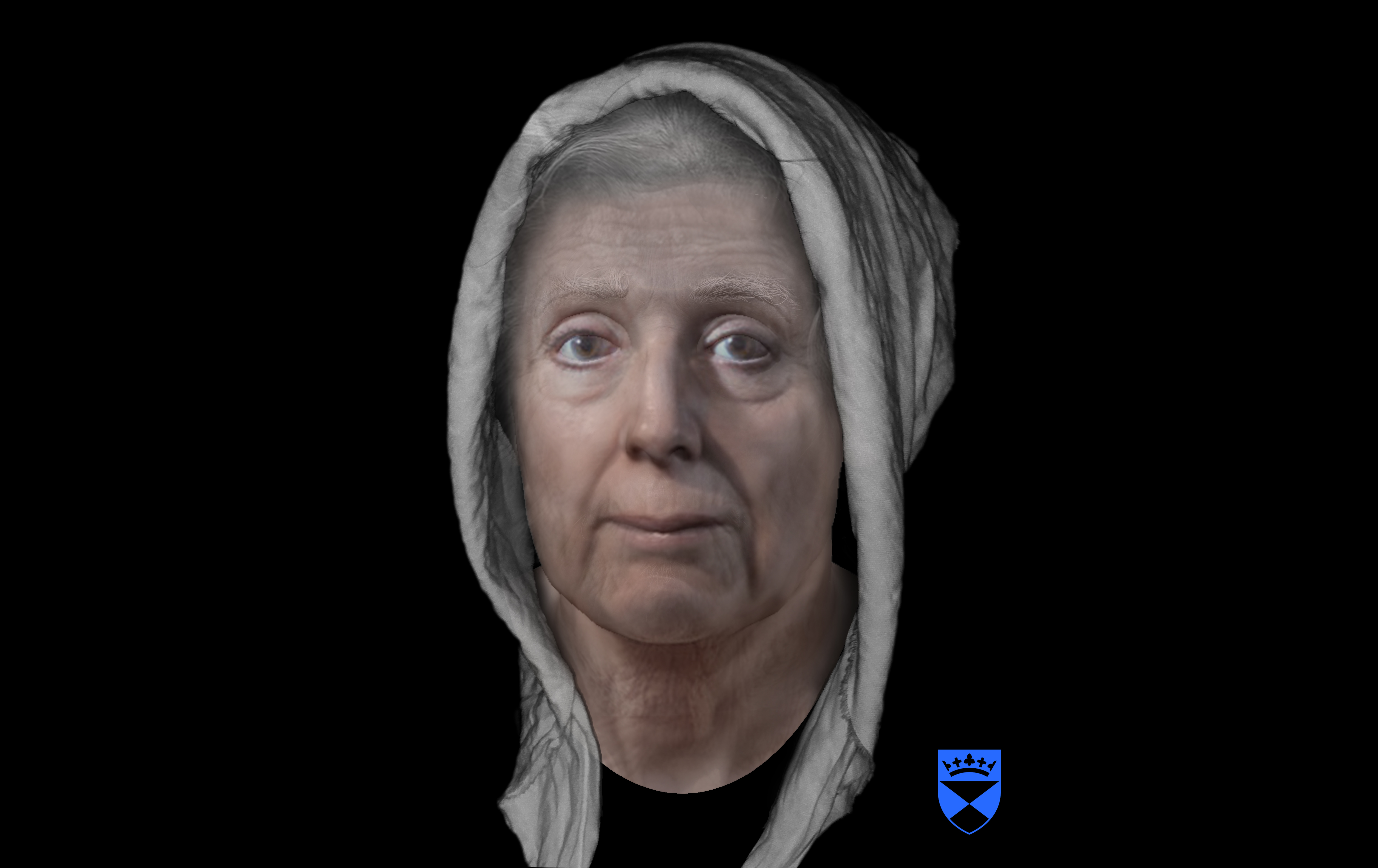
Photographs taken of her skull at St Andrews University in 1904 were recently used by researchers at Dundee University to create an image of what she might have looked like.
Fife Council archaeologist Douglas Speirs will talk about the life, death and resurrection of Lilias Adie at Dunfermline Library and Galleries on October 31.
